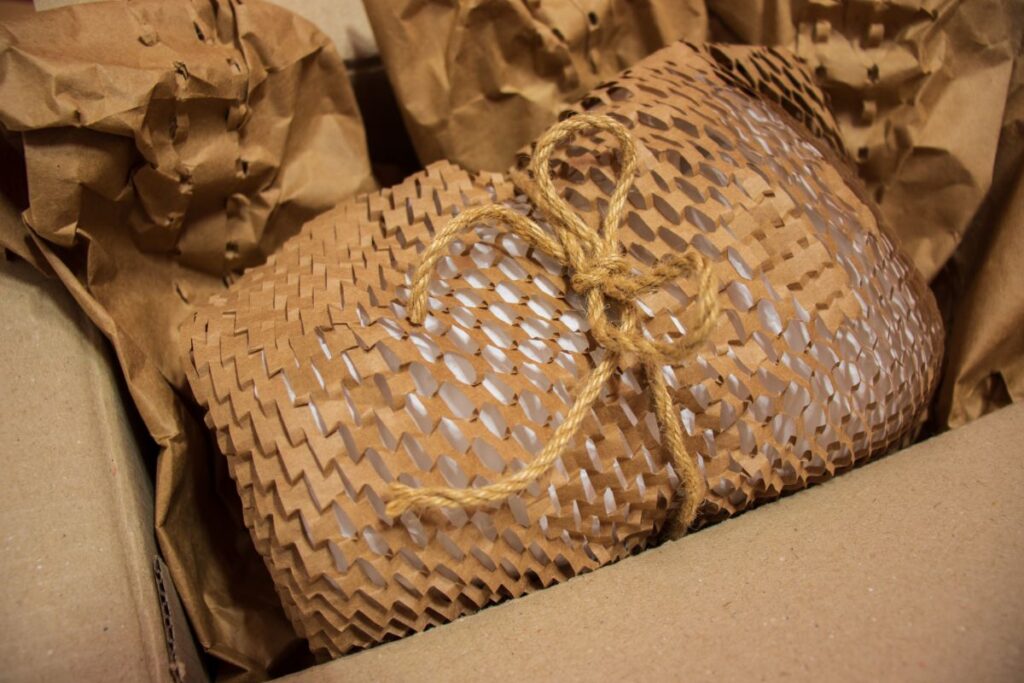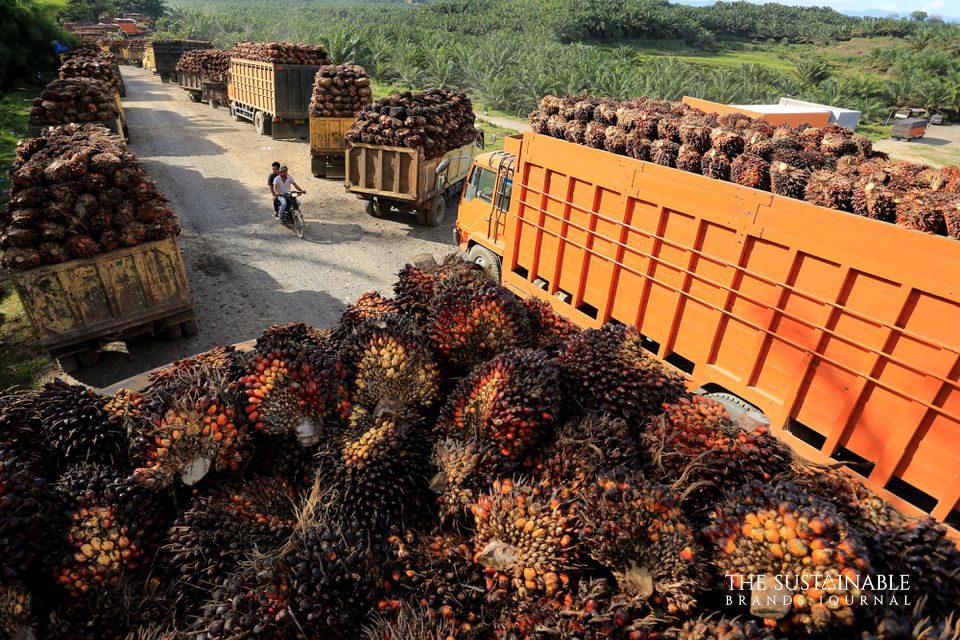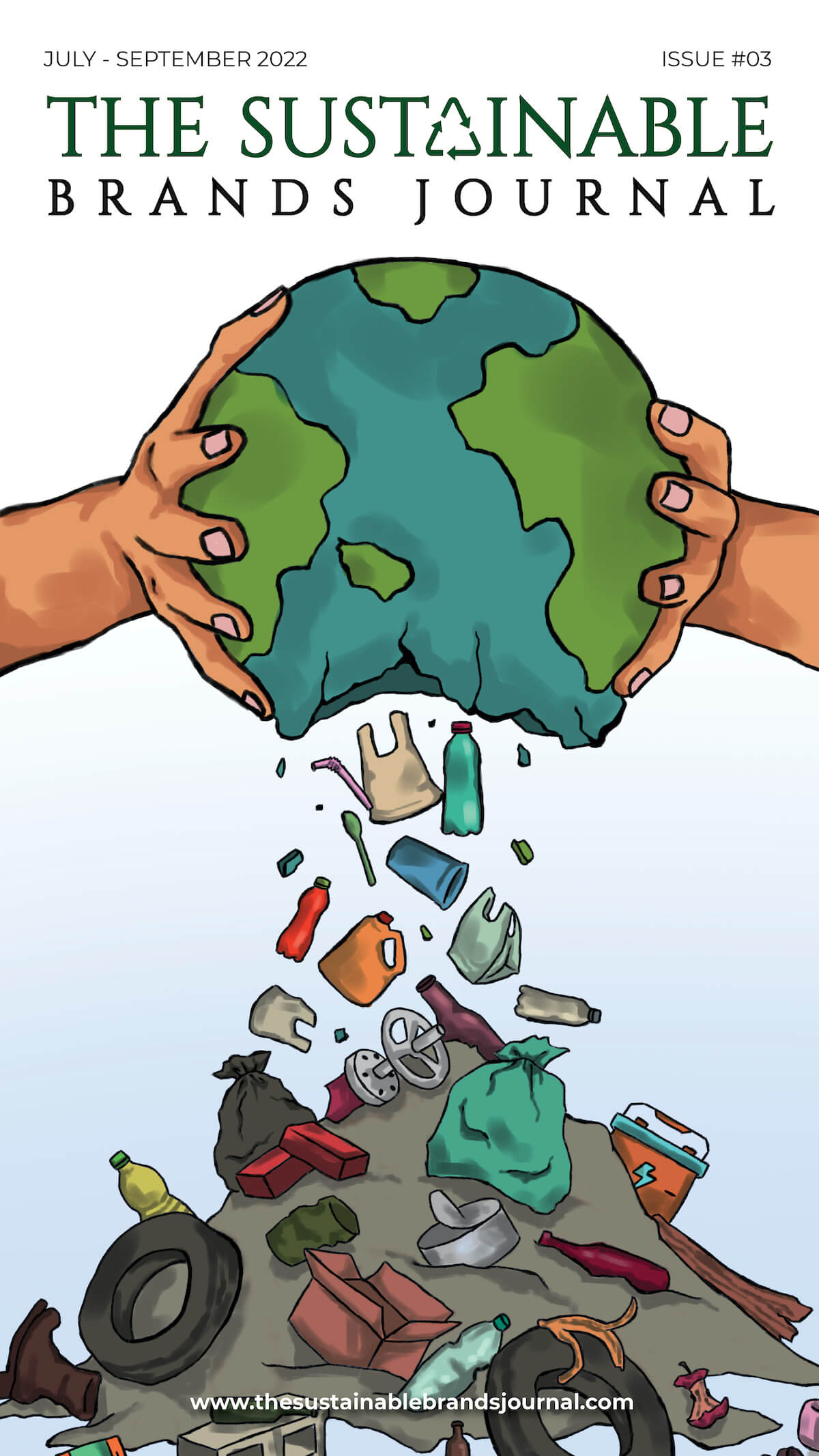
The Rise of Eco-friendly Packaging Solutions
Awareness of climate change has given birth to mindful brands and buyers, and these sustainable lovers have come up with the importance and notion of sustainable packaging together.
Nature’s Touch in Nature’s Hug sounds adorable and favorable for the environment.
Sustainable Packaging

Sustainable packaging is when the design, production, and use of packaging materials have minimal adverse impact on the atmosphere, society, and economy. It involves considering the entire lifecycle of a packaging material, from sourcing raw textiles to disposal or recycling.
The immediate purpose of sustainable packaging is to reduce resource use, decrease waste, and mitigate the environmental and social impacts associated with traditional packaging techniques. This approach focuses on using renewable and recyclable materials, optimizing packaging design to reduce material usage and energy consumption, promoting responsible sourcing and production methods, and facilitating adequate recycling. In fact, composting can also be a sustainable way to dispose of packaging materials at the end of their life.
Due to environmental problems and a lack of resources, sustainable packaging is paramount in today’s industry. Sustainable packaging practices allow businesses and consumers to decrease their carbon footprint and minimize waste generation. It conserves resources through renewable materials, promotes recycling and reuse, and reduces energy consumption.
This packaging also protects ecosystems and wildlife by decreasing pollution and determining the extraction of non-renewable resources. Additionally, it improves sustainable brand reputation and consumer commitment as more individuals seek eco-friendly products. Sustainable packaging enables a circular and eco-economy, helping the planet and society as a supply chain.
The Environmental Impact of Packaging
Packaging has a significant environmental impact, like pollution, resource shortage, and climate change. One of the main concerns is pollution. Improper disposal of packaging materials, like plastic, causes pollution through waterways to ecosystems. Plastic packaging poses an intense threat as it can take centuries to decompose, causing plastic waste to be stowed in dumps, seas/oceans, and natural habitats. This pollution harms wildlife and has harmful effects on human health.
Packaging also contributes to resource shortage. The production of packaging materials, mainly those derived from non-renewable resources like fossil fuels, needs comprehensive energy and raw material inputs. This leads to lacking natural resources like oil, gas, and minerals. Further, extracting these resources often concerns destructive practices like deforestation and worsening environmental degradation.
Also, packaging plays a role in environmental change. Its production, transportation, and disposal contribute to greenhouse gas emissions, particularly carbon dioxide. Packaging extraction and production processes release CO2 into the atmosphere, contributing to the accumulation of greenhouse gases and the subsequent warming of the planet. Besides, the incineration or improper disposal of packaging waste can emit greenhouse gases and other pollutants, causing climate change and air pollution.
To mitigate these environmental blows, sustainable packaging practices, like using renewable materials and encouraging recycling, are vital for reducing pollution, resource scarcity, and greenhouse gas emissions.
Consumer Preferences Towards Sustainable Packaging
People are increasingly concerned about the climate and atmosphere. Therefore, they seek more eco-friendly options, including sustainable packaging. As per the survey by GlobalWebIndex, 61% of buyers are willing to pay more for eco-friendly products.
Additionally, consumers are becoming more conscious of the environmental impact of packaging and are looking for options. According to a survey by Nielsen, 55% of consumers are ready to pay additionally for eco-friendly packaging products.
Future of Sustainable Packaging
The future of sustainable packaging looks favorable, with continued growth and innovation in the market. As customers become more mindful of the impact of packaging on the environment, the demand for biodegradable packaging continues to rise.
Conclusion
Sustainable packaging is designed to break down unaffectedly and safe for the environment, decreasing waste and pollution. The sustainable packaging market is growing due to increased consumer demand for environmentally friendly options. Biodegradable packaging offers many benefits, like reduced environmental effects, renewable resources, and consumer demand.

Prachi, an accomplished Chief-Editor at The Sustainable Brands Journal, has 15+ years of experience in Europe, the Middle East, and India, managing 90+ global sustainable brands. She’s a prolific writer in sustainability, contributing to various publications. Prachi’s unwavering passion and expertise make her a recognized authority, driving positive change and inspiring a sustainable future.





